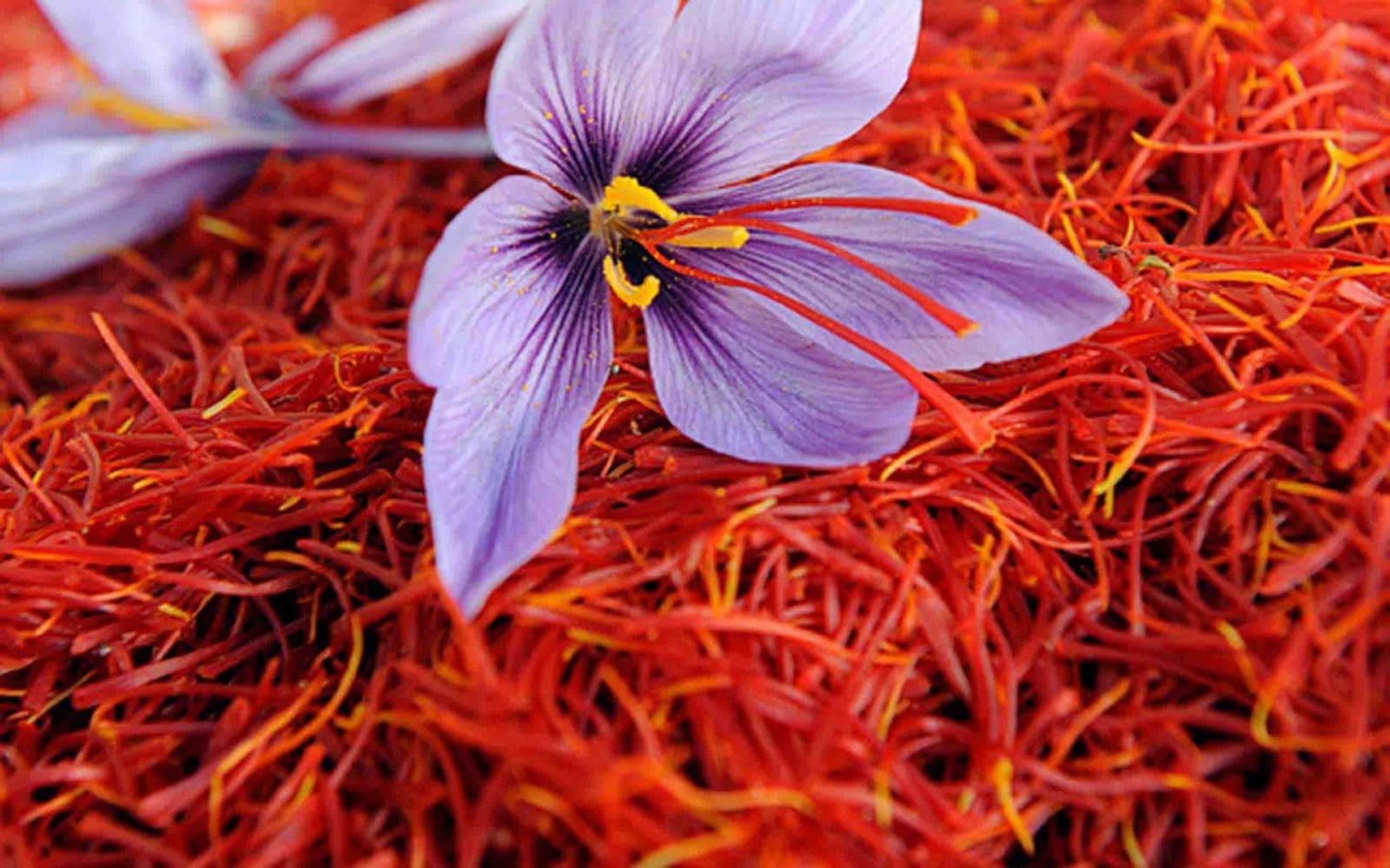Understanding the Benefits and Best Practices
Saffron, often referred to as the “golden spice,” is known for its vibrant color, unique flavor, and numerous health benefits. When using saffron in cooking or wellness routines, many wonder: Should you grind saffron before using it? Let’s explore the advantages and disadvantages of grinding saffron, so you can make an informed decision.

Why Saffron is a Valuable Spice
1. Rich Flavor and Aroma
Saffron enhances the flavor, color, and fragrance of a variety of dishes. It’s commonly used in recipes like saffron rice, paella, and desserts. Beyond its culinary uses, saffron boasts medicinal properties such as antioxidant and anti-inflammatory effects, which contribute to overall well-being.
2. Handling Saffron Properly
Saffron is a delicate spice. How you handle it affects its potency. Whether you choose to grind it or use it whole depends on your preferences and what you’re trying to achieve in your recipes or health routines.
Should You Grind Saffron? The Pros and Cons
1. The Benefits of Grinding Saffron
Grinding saffron unlocks its natural oils and flavors, making it easier to incorporate into dishes. Let’s look at the key benefits:
-
Enhanced Flavor and Aroma: Grinding releases saffron’s oils, which helps to distribute its rich flavor and aroma more evenly. This is especially beneficial for soups, sauces, or desserts where you want to infuse saffron throughout the dish.
-
Better Integration: Ground saffron dissolves quickly in liquids, making it an excellent choice for drinks like saffron tea or milk. It blends seamlessly, ensuring you don’t have any large, undissolved threads.
-
Convenient Measurement: Ground saffron is easier to measure and control, allowing you to use the exact amount you need without wasting precious threads.
2. The Risks of Grinding Saffron
While there are benefits to grinding saffron, there are also some drawbacks to consider:
-
Potential Loss of Potency: Grinding saffron can expose it to air and light, which may reduce its strength. The delicate oils that give saffron its distinctive flavor can be diminished.
-
Oxidation: Ground saffron is more vulnerable to oxidation. To minimize this, it’s crucial to store it properly in an airtight container away from light and heat.
-
Quality Concerns: The quality of saffron can deteriorate once it’s ground. To preserve its potency, it’s best to grind saffron just before use. Pre-ground saffron may be mixed with other substances, lowering its quality.
Best Practices for Grinding Saffron
1. Use a Mortar and Pestle
The best way to grind saffron is with a mortar and pestle. This method ensures you gently crush the threads, allowing the essential oils to be released without losing flavor. Simply place a few threads in the mortar and grind them into a powder.
2. Soak Before Grinding
Soaking saffron in warm water or milk before grinding enhances its flavor and color. Soaking also helps release the oils, making the grinding process smoother. This step can be particularly helpful if you’re working with whole threads.
3. Grind in Small Quantities
To preserve saffron’s freshness, grind it in small amounts. This prevents exposure to air and light for prolonged periods. It also ensures you always have freshly ground saffron available when you need it.






